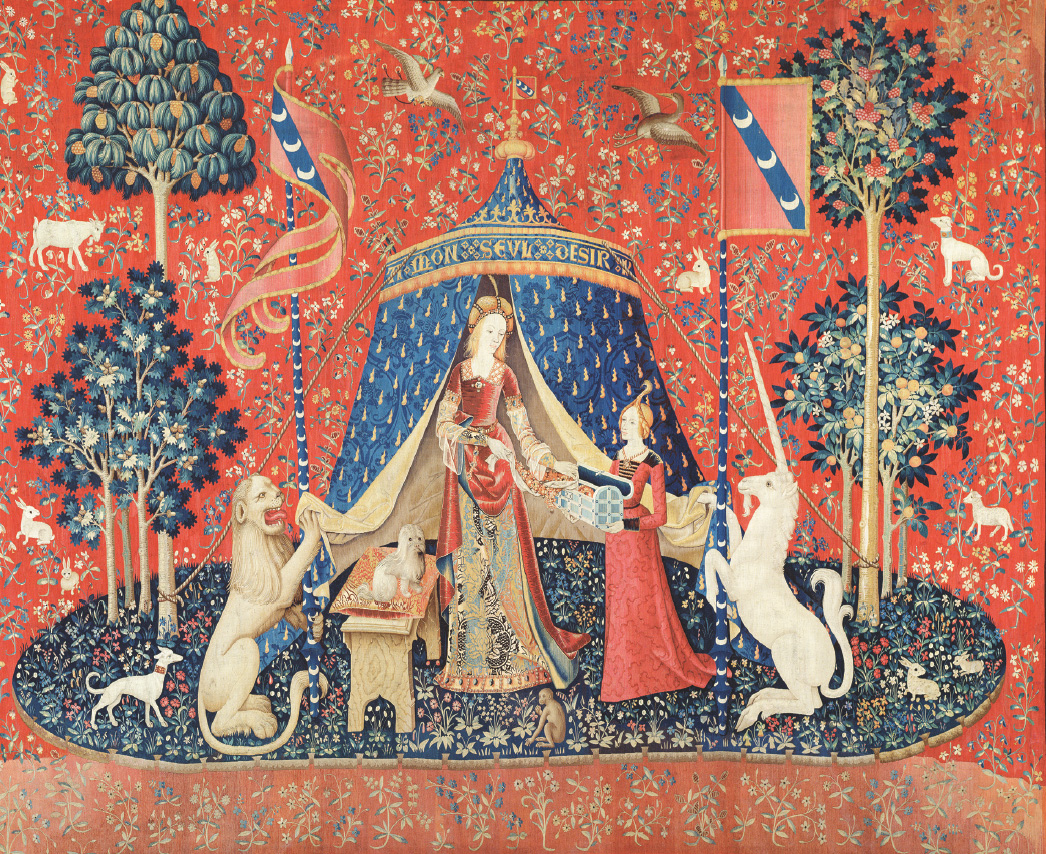A History of Western Society: Printed Page 263
A History of Western Society, Value Edition: Printed Page 270
Training, Marriage, and Inheritance
For children of aristocratic birth, the years from infancy to around the age of seven or eight were primarily years of play. At about the age of seven, a boy of the noble class who was not intended for the church was placed in the household of one of his father’s friends or relatives. There he became a servant to the lord and received formal training in arms. The boy learned to ride and to manage a horse. He had to acquire skill in wielding a sword, hurling a lance, shooting with a bow and arrow, and caring for armor and other equipment. Increasingly, noble youths learned to read and write some Latin. Formal training was concluded around the age of twenty-one, often with the ceremony of knighthood.
The ceremony of knighthood did not necessarily mean attainment of adulthood, power, and responsibility. Sons were completely dependent on their fathers for support. A young man remained a youth until he was in a financial position to marry — that is, until his father died. That might not happen until he was in his late thirties, and marriage at forty was not uncommon. Increasingly, families adopted primogeniture, with property passing to the oldest son. Younger sons might be forced into the clergy or simply forbidden to marry.
Once knighted, the young man traveled for two to three years. His father selected a group of friends to accompany, guide, and protect him. If the young knight and his companions did not depart on a crusade, they hunted, meddled in local conflicts, and did the tournament circuit. The tournament, in which a number of men competed from horseback (in contrast to the joust, which involved only two competitors), gave the young knight experience in pitched battle and a way to show off his masculinity before an audience. Since the horses and equipment of the vanquished were forfeited to the victors, the knight could also gain a profit. Everywhere they went, young knights stirred up trouble, for chivalric ideals of honorable valor and gallant masculinity rarely served as a check on actual behavior.
While noble girls were also trained in preparation for their future tasks, that training was quite different. They were often taught to read the local language and perhaps some Latin and to write and do enough arithmetic to keep household accounts. They also learned music, dancing, and embroidery and how to ride and hunt, both common noble pursuits. Much of this took place in the girl’s own home, but, like boys, noble girls were often sent to the homes of relatives or higher nobles to act as servants or ladies in waiting or to learn how to run a household.
Parents often wanted to settle daughters’ futures as soon as possible. Men tended to prefer young brides who would have more years to produce children. Therefore, aristocratic girls in the High Middle Ages were married at around the age of sixteen, often to much older men. In the early Middle Ages the custom was for the groom to present a dowry to the bride and her family, but by the late twelfth century the process was reversed because men were in greater demand. Thereafter, the sizes of dowries offered by brides and their families rose higher and higher.
